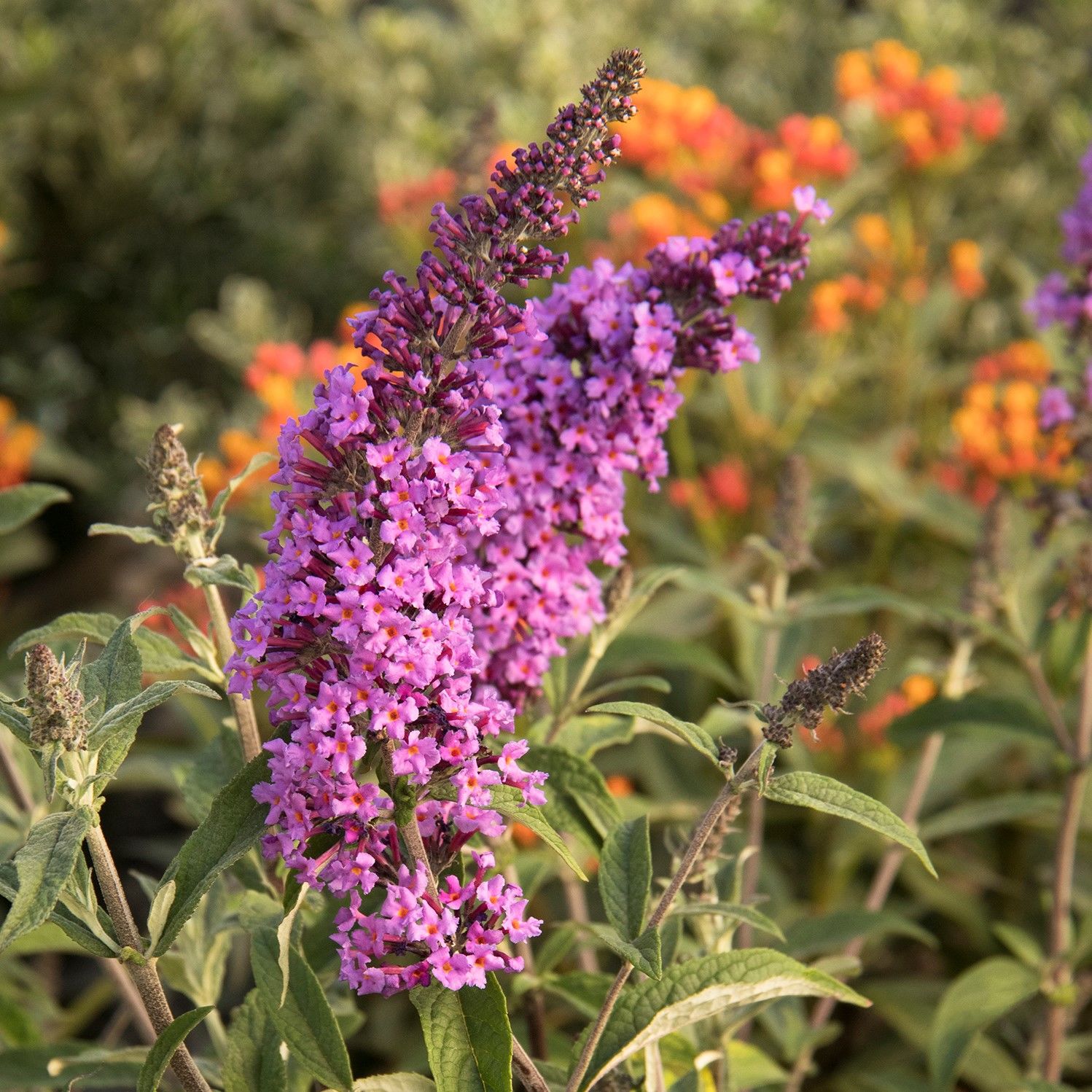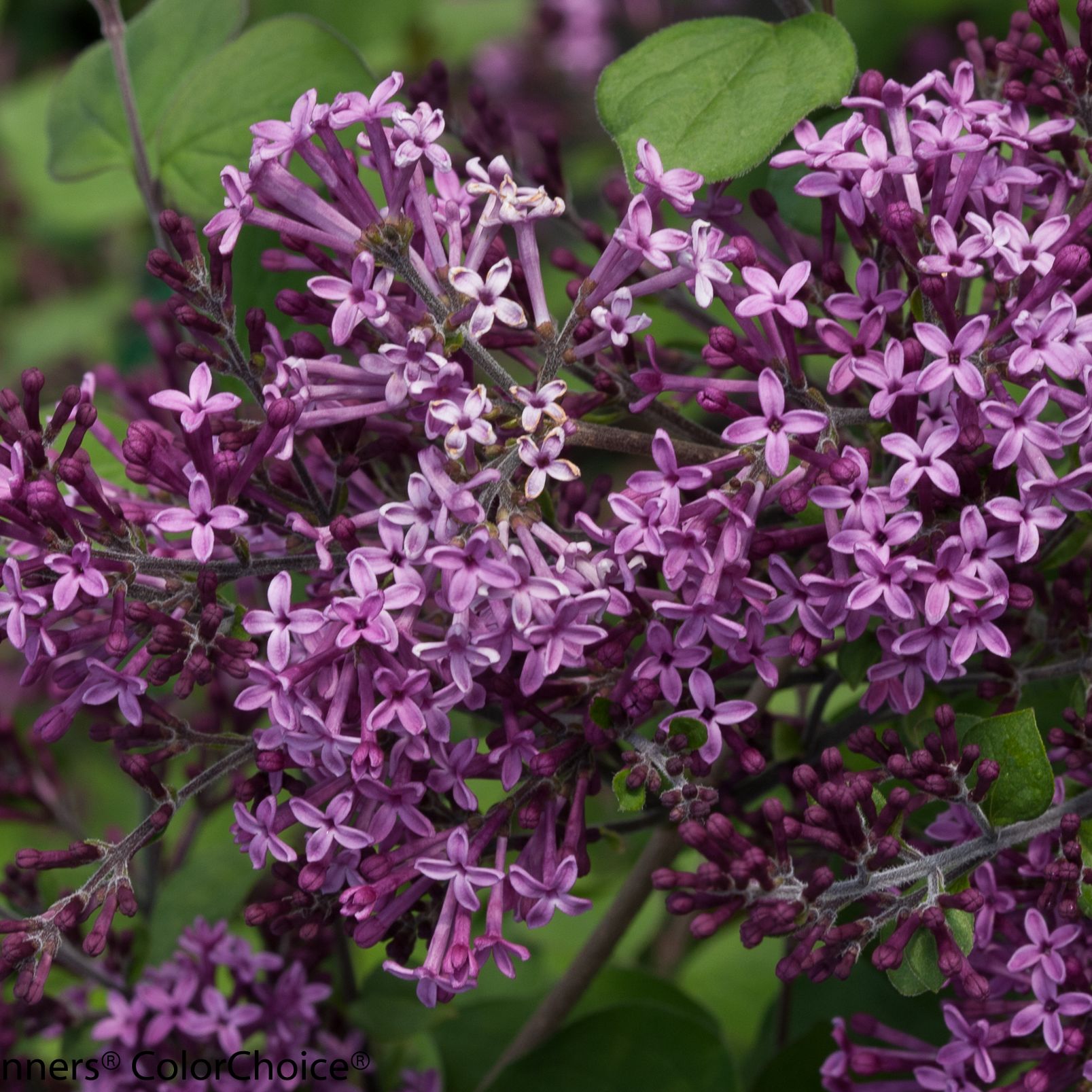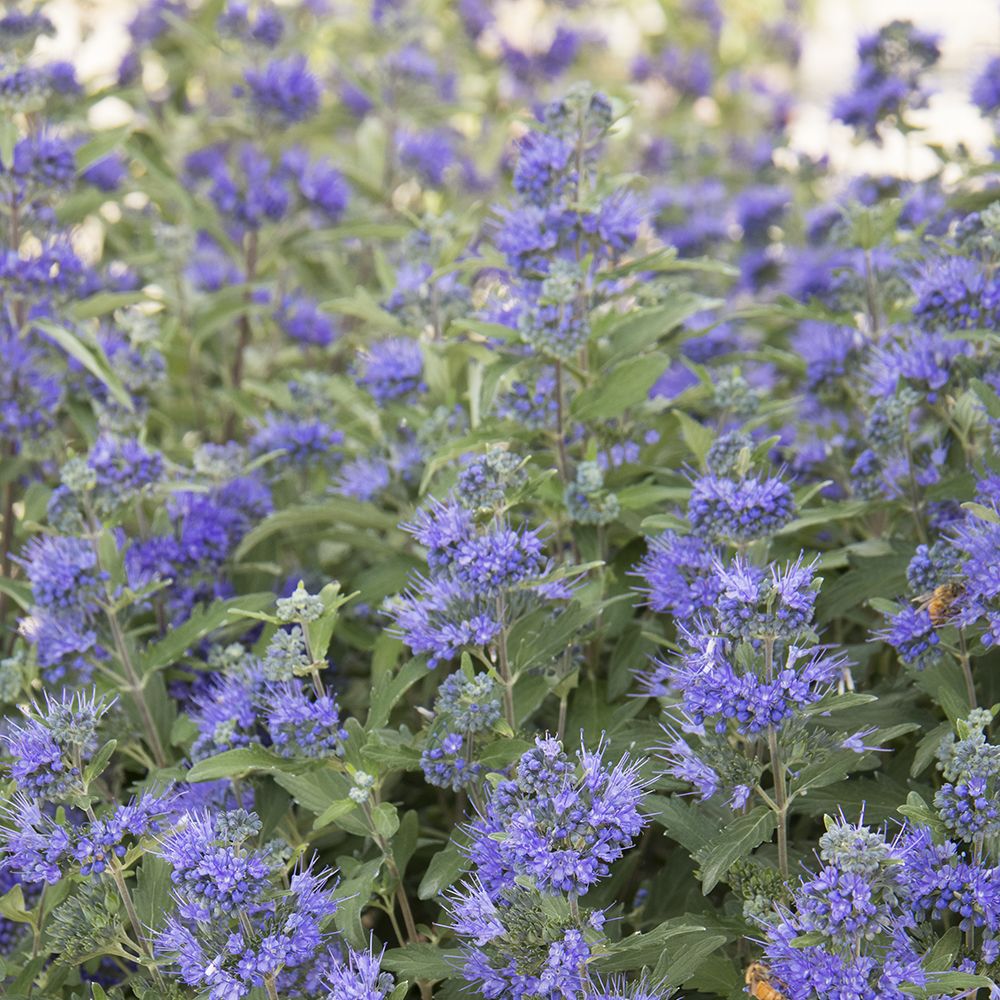What is Rose Rosette disease?

Story Highlights
Whether you're a plant enthusiast or a casual gardener, you probably increasingly see roses that look a bit "off." What you are seeing is the widely spreading rose rosette disease. Once a rare sight, Rose Rosette has become a serious and common problem as the popularity of low-maintenance shrub roses (like Knock Out and Drift roses) have fueled the disease's spread. In this article, we explain the disease, its history, symptoms, what to do if your roses are infected, and suggested replacements.
the basics
What is Rose Rosette Disease?
Rose rosette disease is a condition that causes roses to grow strangely deformed stems, leaves, and flowers. The disease itself is a virus, but it requires a very tiny mite called an eriophyid mite to transfer the disease between plants. Eriophyid mites are so small that they can only be seen under strong magnification.
The disease spreads when the mites feed on an infected rose and are then transferred to another rose by wind, on a person, tool, or animal, or, if the roses are close to one another, simply by walking from one plant to another. The mites settle in to feed on the rose and transmit the virus into the vascular system of the plant.
The disease was first reported in 1941 in California, Wyoming, and Manitoba. It has since moved eastward and southward. The highest incidence currently is in the upper South and the Mid-Atlantic, but it appears in the Midwest and Northeast too.
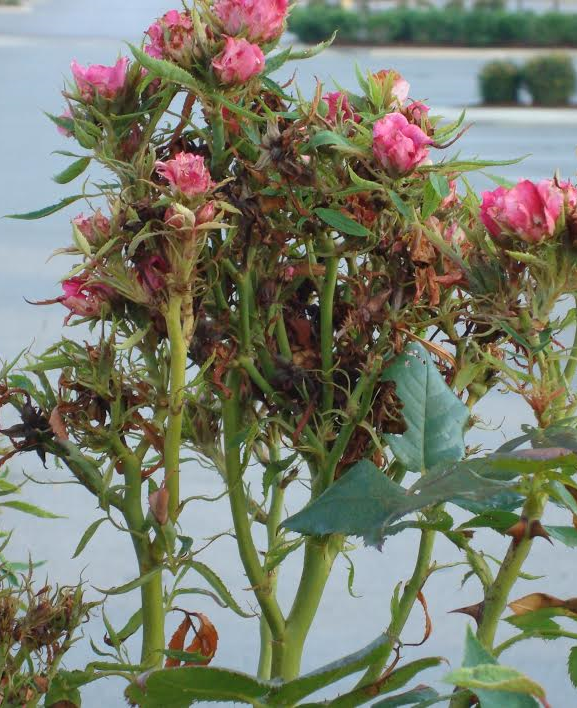
Indicators
What does it look like?
There are several symptoms that a rose infected with RRD may exhibit:
-
Bright red new growth that never turns green
-
Very thick stems with excessive thorniness
-
Flower buds emerge in tiny, tight clusters (these are the “rosettes” that gave the disease its name)
-
Flowers that open are deformed and stunted looking
-
Foliage is contorted and stunted looking; may also be yellow

A rose that is infected with the disease may have only one of these symptoms, or it may have any or all of them. The symptoms may be confined to just a few shoots or part of the plant, especially at first (as in the picture to the right). Symptoms may appear any time that the rose is in active growth, but are most likely to be seen in the early-to-mid part of the rose season.
Next Steps
What should you do if you notice symptoms?
Unfortunately, the disease is fatal and has no treatment or cure. The only thing to do is remove the rose entirely, including its roots. Simply pruning out the infected portions has not proven an effective control method, and leaving the rose in place just increases the risk of transmitting the disease to other roses in your community. When removing the roses, it is recommended that you cover the plant with a heavy plastic garbage bag to prevent mites from dropping off the plant during the removal. Be sure to close the bag and dispose of it in the garbage – do not compost it or add it to a brush pile.
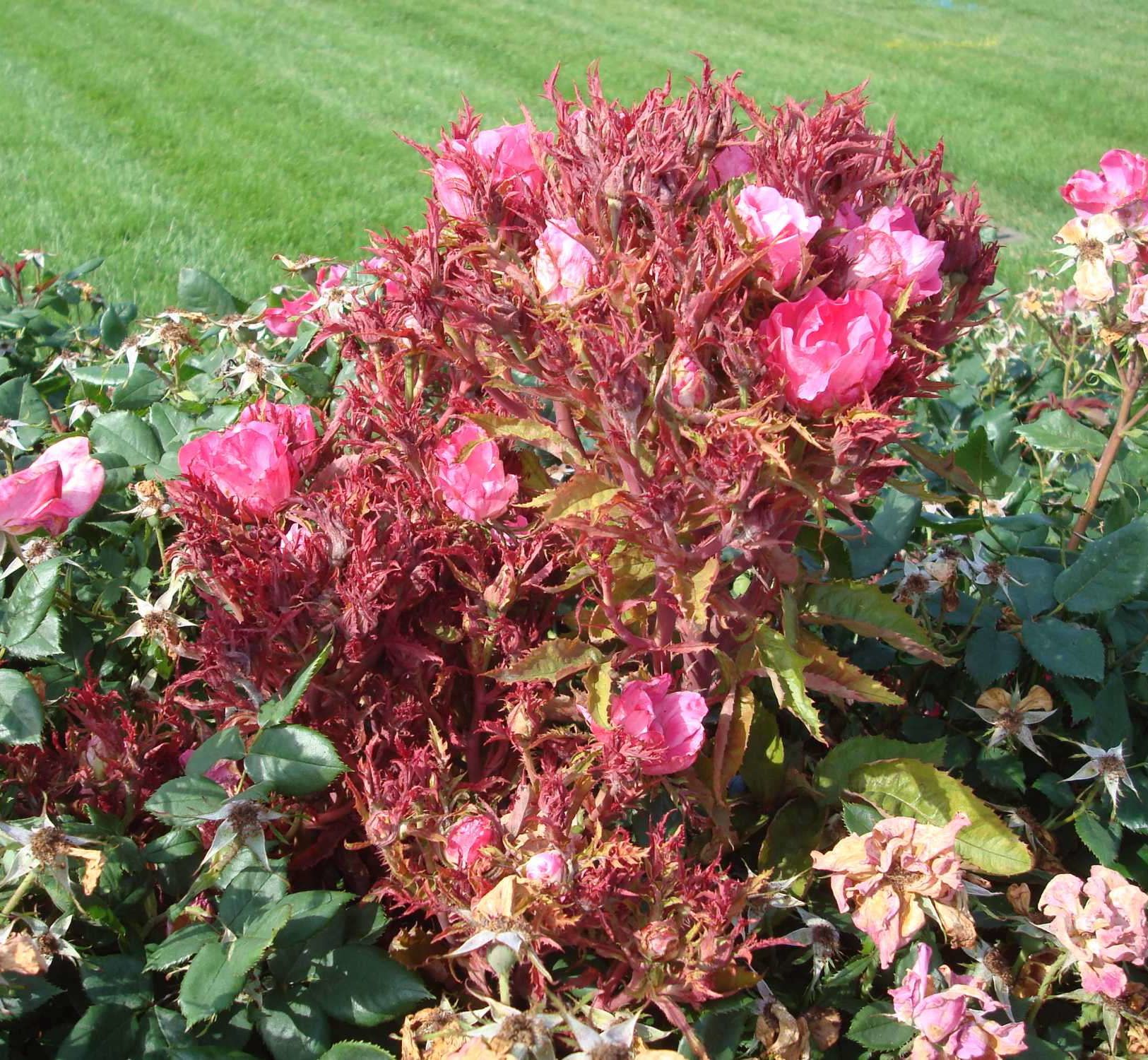
be sure to...
Report Your Roses
Much research is still being done on rose rosette disease, and the universities working on it want your help in understanding its spread. If you see any of these symptoms on roses in your landscape, use the link below to upload photos and other details. If you are not sure whether you're plants are infected, researchers will confirm for you if what you are seeing is actually rose rosette or not.

Do Not Replant Roses!
Researchers have discovered that the virus does not survive in the soil, which is great news. But any roots remaining in the soil could still contain the virus, so it’s best to allow a few seasons for those to die completely. It’s also possible that mites that were on the infected plant spread to a nearby rose, which means the disease will be cropping up on those plants in the next season or so.
filling the void
Replacing your Roses
Currently, there are no roses that are known to be 100% resistant to rose rosette disease, including those that are resistant to other rose diseases like powdery mildew and black spot. Much research is being done on finding roses that are resistant, and while the outlook is good, it will be several seasons still until researchers can definitively say they’ve found anything that is truly resistant to the disease. Until a resistant variety is discovered, consider replacing infected roses with these reliable bloomers:
Choosing the Perfect Pool Tile
Choosing the Perfect Pool Tile
Selecting pool tile is one of the most exciting steps in designing your swimming pool. Not only does the tile contribute to the overall aesthetic of your outdoor oasis, but it also plays a critical role in durability and functionality. With so many options available, this guide will help you navigate the selection process, ensuring your pool tile is both beautiful and practical.



